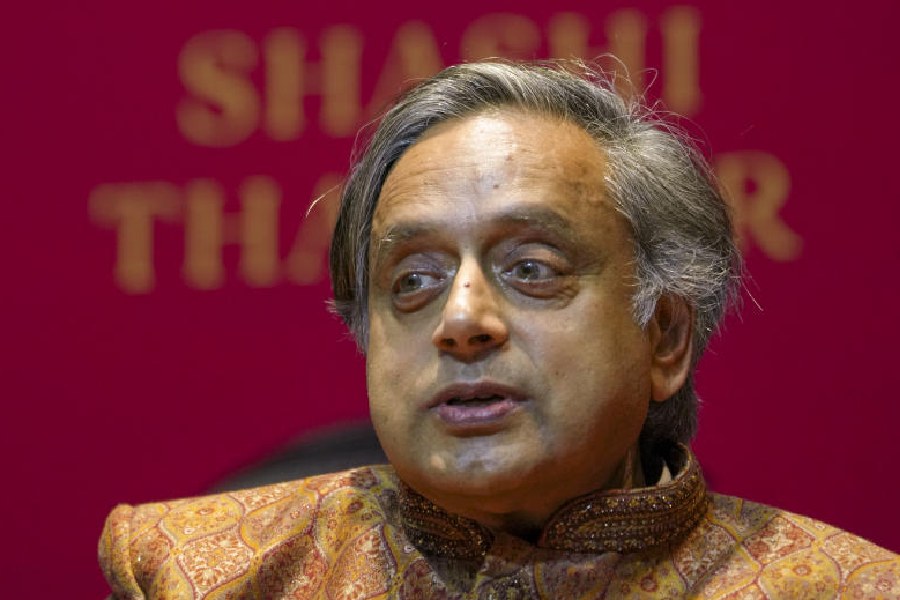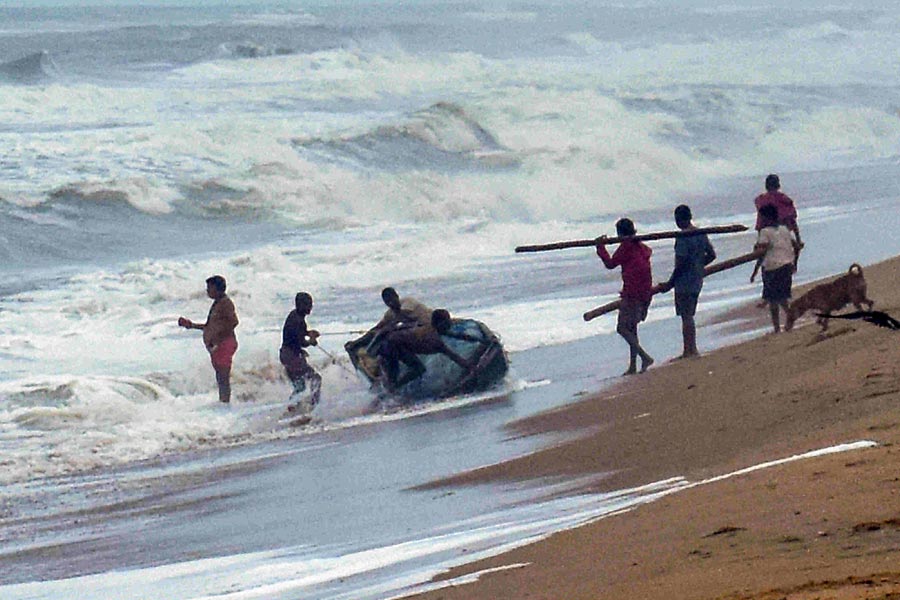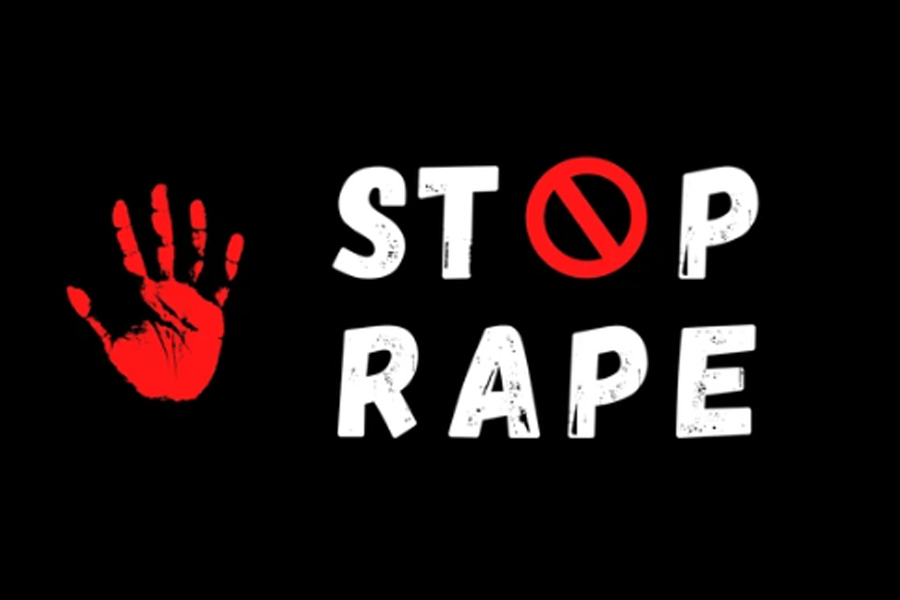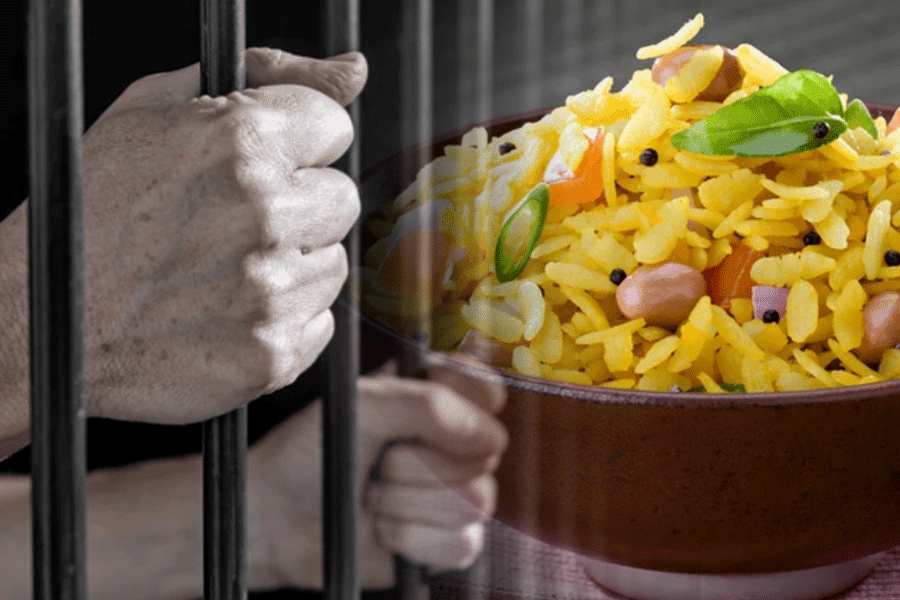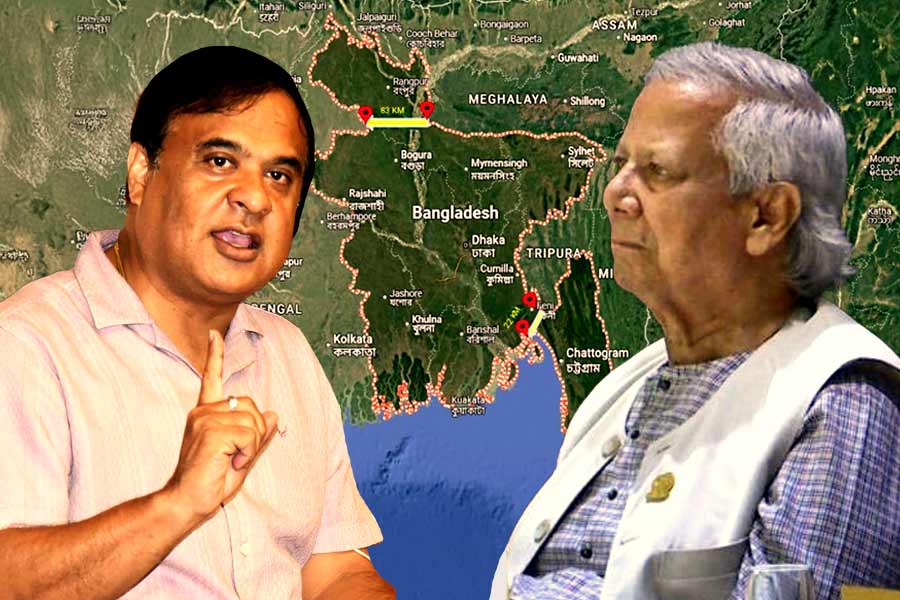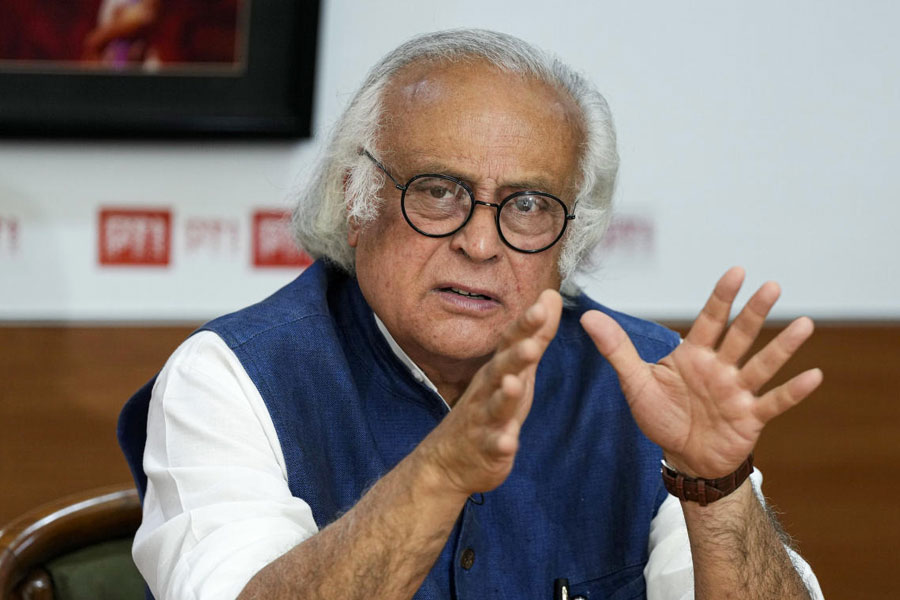


Saira Banu consciously pulls the yellow dupatta over her head with her skinny fingers as she walks through the corridor of the Calcutta Medical College (CMC). She is a third-year undergraduate student at CMC and her classes have just got over. On her way back to the hostel, she stops outside the emergency ward, where some patients are awaiting attention.
"The poor who come from various far-flung districts look absolutely clueless. I try to get them appointments with the right doctor so that their treatment is not delayed further," says the 20-year-old.
Saira's empathy is natural. This young woman from Murshidabad's Chaksapur, a little over 280 kilometres from Calcutta, has seen poverty very closely. She and her three siblings were brought up by their mother, Anjura Khatun. Their father, who suffered from a mental ailment, stayed at home.
Anjura, a bidi roller, made a hundred rupees a day - not enough to raise four children by any stretch. There were many nights when Saira had to sleep hungry. There was never enough money for Saira's father's treatment either. But through all this Anjura remained adamant that each of her four children should attend school.
Saira and her elder brother, Sahidul Alam, turned out to be top performers at the local government school. Says Sahidul in fluent English, "Our father used to throw our books into the water; he never wanted us to study. Because of his mental condition, he didn't even realise that it was a wrong thing to do."
Sahidul graduated from Calcutta's Institute of Post Graduate Medical Education and Research (SSKM Hospital) last year. "I felt an internal push to get out of this situation. Besides, our mother never wanted us to work as a daily wagers like she did."
A quiet revolution is taking place in the Muslim households of Bengal. Like Anjura, more and more people are pushing the next generation to embrace education. And lending support to this burgeoning aspiration are several private educational institutions run by educated Muslims.
These institutions help students from the community prepare for competitive exams. In the past five years, at least 50 of them have come up across the state. Together, their effort is also breaking the stereotype of Muslims as a community not inclined to education, or only to religious learning - a tool often used to damn them.
Al-Ameen Mission is possibly the oldest of the lot. With funds collected through zakat or charity, donations from educationists, noted personalities, state and central government scholarships, the Mission runs several residential schools. It also runs residential coaching classes for engineering and medicine aspirants across Bengal and in neighbouring Assam, Bihar, Jharkhand and Tripura.
The institution might run on charity but when it comes to granting admissions, it is anything but charitable. It conducts entrance tests to pick the brightest minds. "Most of our students score over 80 per cent in the higher secondary [Class XII] examinations. On an average, 1,400 appear for the engineering and medical entrance examinations every year; 30 per cent crack them," says M. Nurul Islam, general secretary of the Mission. Sahidul and Saira are among its success stories.
According to Nurul Islam, most students are keener on medicine. That's what he has noticed over the past five years. Does it have anything to do with the state of healthcare - poor or unaffordable - that they have seen in their immediate set-up? Perhaps. In the meantime, the rising number of Muslim students in state-run medical colleges lends credence to Nurul's observation.
When S.K. Enayat Ali, son of a tubewell repairer, cracked the medical entrance examination in 2001, there were only three Muslims in his class at NRS Medical College and Hospital. In Saira Banu's class of 250 students - CMC's entrance batch of 2015 - there are 30 Muslims. In the past four years, at least 1,689 Muslim students have got through to various government medical colleges across Bengal. According to 2017 estimates, over 332 Muslim students have got admission in government medical colleges.
Of course, not everyone is cheering. Questions have been raised about the Mission's success rate. This year, a case was filed by one Samir Ghosh at the Calcutta High Court, challenging the results of students of Al-Ameen Mission in the 2016 West Bengal Joint Entrance Examinations - an entrance exam for undergraduate engineering, pharmacy and technology courses. That the petition was disposed of by the court is another matter. Detractors suggest that the institution has a "deal" with the state government and that is how the Mission students qualify competitive exams. Nurul Islam's rebuttal: "The case against us has been disposed of, so that's the answer to these allegations."
Truth is, for years a large section of Muslims in Bengal remained unlettered. Following Partition, many well-to-do Muslims left for what was then known as East Pakistan; another lot left in 1964, after the Calcutta riots. Among those left behind were small-time peasants, artisans and landless labourers, most of whom could not afford higher education.
After the land reforms during the 1970s, the economic condition of Muslims improved, but they continued to lag in terms of economic development as compared to the state's non-Muslim populace. Most of them remained self-employed - working as farmers or tailors or bidi rollers. And while over the years, the literacy rate of Muslims in the state has gone up - from 54.7 per cent in 2001 to 68.7 per cent in 2011 - it is still way lower than the literacy rate of other communities in the state.
Former IAS officer Nazrul Islam runs schools, colleges and technical institutions in his native Basantapur village in Murshidabad. But the chairman of the Basantapur Education Society makes it clear that his efforts are for both Muslims and non-Muslims of the area. He says, "In 1976, I was the only graduate in my village. Now, there are doctors, engineers and PhD holders from here."
Enayat Ali is from Hooghly. He is pursuing a Doctor of Medicine course from NRS. He talks about how children in his village want to know where to study after Class X, how to prepare for competitive exams, how to get scholarships. "Even parents now understand that sending children to work on the farm won't really help."
Bengal's Muslims are also challenging the misconception that girls from the community are not encouraged to study. The female literacy rate among Muslims has gone up to 64.8 per cent in 2011 from 49.75 per cent in 2001. Nurul Islam of Al-Ameen Mission says, out of the Mission's 393 students who got into medical colleges last year, 80 were girls. "One-third of the 13,000 students in our educational institutions are girls," he adds.
Social scientists hail the trend. "First, this is going to bring about a socio-economic change in the community. But what is most important is that this mainstreaming of Muslims might change the notion of non-Muslims about them. Eventually, the prejudices and stereotypes could be reduced," says Maidul Islam, assistant professor of Political Science at the Calcutta-based Centre for Studies in Social Sciences.
Some say they can understand that biases and perceptions hardened over the years will not vanish overnight. Mohammad Faruquddin Purkait, director of the AshSheefa Group that runs residential coaching centres for medicine and engineering aspirants, adds, "A section of non-Muslims still wonders how poor Muslims become doctors and engineers; they want them to remain maulvis or rickshaw-pullers or tailors for generations."
Sometimes, these prejudices can be very blatant in day-to-day life, says Sahidul. He recalls one time when a Muslim woman was admitted for the delivery of her fifth child. "The doctors were ridiculing her and the community for having multiple children. But the moment I entered the ward, one of them said, 'Shush... the doctor is a Muslim'."
The still younger lot are plain weary of this kind of stereotyping. Take the case of Mohammed Hasanujjaman of Malda. A student of Class IX in Al-Ameen Mission School and the son of a farmer, the teenager keeps a beard, prays five times a day and also dreams of becom-ing an engineer. "I want to tell people that not all Muslims are radicals," he says. "We are the new agents of change and society must accept us."
Nothing succeeds like success. A degree of acceptance, no matter how minuscule, is coming about. Going by the results of the Muslim-run institutions, non-Muslim families, too, have started sending their children to these places.
Saira Banu talks about a professor in her college who applauded her in front of the whole class when he learnt she was a Muslim. "He said, 'It's not a big deal when a student of an elite Calcutta school gets admission in CMC, but it's a huge achievement for a poor Muslim girl from Murshidabad to be here'. His words boosted my confidence."
Saira says, "Earlier, I was a bit shaky. Now, I don't have any inhibitions." Sahidul, who is getting their father treated by a top Calcutta doctor, echoes her sentiments. He adds, "I don't want to run away from my past anymore; I have realised that my past is my biggest strength."


